Register HERE. Webinar is FREE.
This two-hour webinar will reveal the economic potential of food deserts that are often overlooked by traditional site selection strategies.
Food deserts – communities with limited access to healthy foods --- have persisted in the U.S. for various reasons but primarily because mainstream supermarket retailers perceive these communities as risky investments. According to the USDA, there are approximately 9,293 food deserts in the U.S., 1,040 in Texas and 88 in Dallas County. Most of the persons residing in food deserts are lower income blacks and Latinos who continue to suffer the consequences of poor nutrition and health.
To address this disturbing trend, federal government and various foundations have launched funding initiatives to encourage private and public organizations to develop innovative solutions to food insecurity. However, many organizations do not have the technical resources to justify the need for these grants with the relevant statistical and demographic information and are discouraged from applying for these grants or other funding solutions. Hence, the long-term impact of these funding initiatives may be diminished.
Fortunately, recent research regarding food deserts has challenged traditional thinking about the economic potential of food deserts (Rincon & Tiwari, 2020 Papers in Applied Geography). Using an innovative Urban Site Selection Model, the study identified several food deserts in an urban community with sufficient economic resources to sustain the sales of a mainstream supermarket. The Urban Site Selection Model developed by Drs. Rincon and Tiwari has been key in assisting non-profits and other organizations to reveal the hidden economic assets in food deserts and support efforts to obtain funding from potential investors or grant sources.
To learn more about the benefits of using our Urban Site Selection Model, you are invited to a free two-hour webinar that demonstrates our innovative product. We will discuss the elements of our Urban Site Selection Model and illustrate how it can be utilized to prepare a trade area analysis of a targeted community. You will learn the following:
Statistical Information commonly desired for a trade area analysis, such as population demographics, competitors, market demand, traffic, and crime rates;
Why traditional site selection strategies fail when applied to urban communities;
The power of economic indicators over social indicators in site evaluation;
Resources required to implement the model (talent, software, data sources);
Examples of statistical tables and maps produced by the model; and
Costs to implement the model.
Q&A
Presenter: Dr. Rincón, president of Rincón & Associates LLC, is a research psychologist who has conducted studies of multicultural communities over the past 45 years. He currently teaches Multicultural Research Methods in the School of Business at The University of Texas at Arlington and has taught other courses such as statistics, survey research methods, mass communications research and Hispanic marketing. His applied research experience includes studies for various U.S. private and public companies, including supermarkets. Dr. Rincón and Dr. Chetan Tiwari developed the Urban Site Selection Model based on research that was published in Papers in Applied Geography and insights discussed in his recently published book -- "The Culture of Research" -- that is available on Amazon.com.
